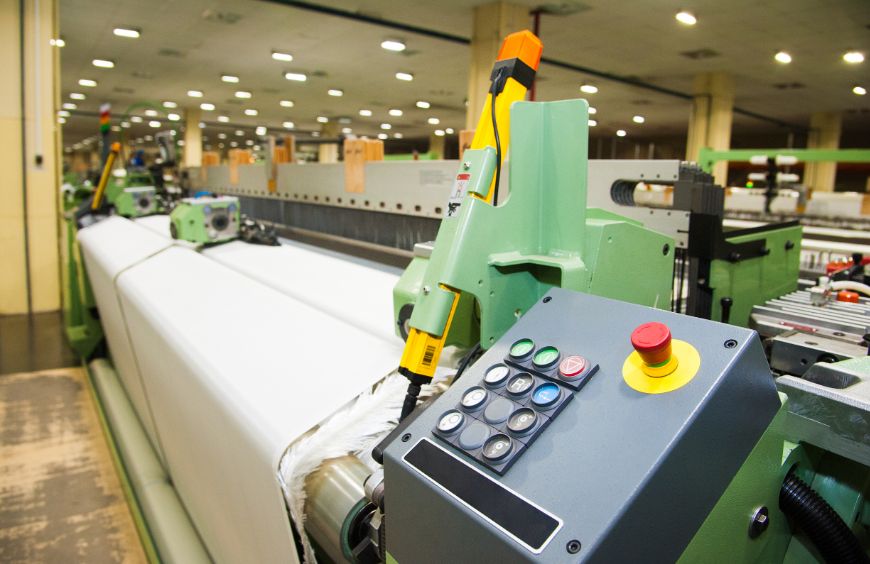Rapier looms are versatile and efficient textile machines used to produce a wide range of fabrics. The loom's various mechanisms work together to create the complex motion required for the weaving process. By understanding the main mechanisms and common replacement parts of a rapier loom, potential issues can be identified and the loom's optimal functioning can be ensured. Here are the main mechanisms and associated replacement parts to look out for:
Shedding Mechanism: This mechanism raises and lowers harness frames to create the shed for the rapier to pass through. Common replacement parts include harness frames, healds, droppers, and spring cords.
Picking Mechanism: This mechanism inserts the weft yarn into the shed formed by the shedding mechanism. Common replacement parts include grippers, clamps, and bearings.
Beat-up Mechanism: This mechanism pushes the weft yarn tightly against the previously woven yarn to ensure a tight fabric construction. Common replacement parts include combs, rapiers, shed swords, and blades.
Let-off Mechanism: This mechanism releases warp yarn from the warp beam in a controlled way to ensure consistent tension on the warp yarn. Common replacement parts include the warp beam, beam support, and friction device.
Take-up Mechanism: This mechanism pulls the woven fabric onto the fabric beam at the same rate as the let-off mechanism releases the warp yarn. Common replacement parts include the fabric beam, cloth roller, holding down roller, and take-up shaft.
Control Mechanisms: These mechanisms monitor the operation of the loom and ensure that the various mechanisms work in harmony. Common replacement parts include sensors, motor controllers, and electronic components.
In conclusion, the main mechanisms of a rapier loom consist of various complex components that work together for optimal functioning of the textile machine. Replacement parts should be frequently checked and replaced accordingly to ensure optimum productivity, quality, and consistent weaving outcomes. By understanding the main mechanisms and common replacement parts of a rapier loom, mills and factories can run smoother production processes and ensure the longevity of the loom's lifespan.


 Somet
Somet
 Nuovo Pignone
Nuovo Pignone
 Vamatex
Vamatex
 Sulzer Projectile
Sulzer Projectile
 ATDornier
ATDornier
